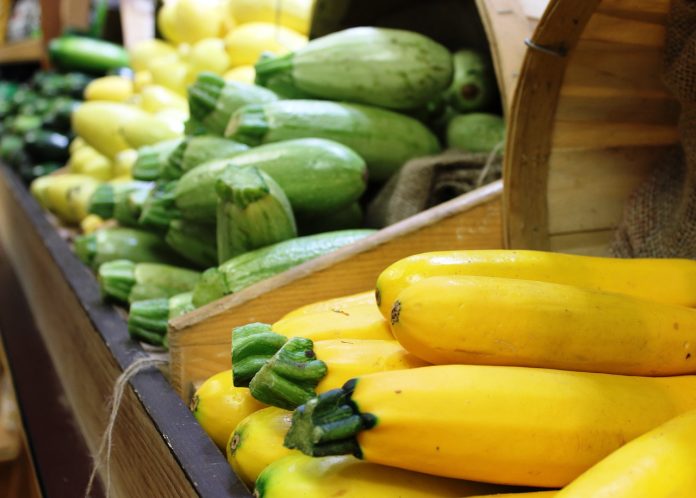Fall is a good time to start looking to buy pears, apples, and hard squash, among many other seasonal fruits and vegetables. In fact, those are some of the items that many grocery stores typically start to promote heavily at discounted prices in their grocery aisles, according to the National Retail Report, a weekly roundup of advertised retail pricing information compiled by the U.S. Department of Agriculture.
While improved technology and agricultural innovations mean that consumers can access fresh fruits and vegetables year-round, fruits and vegetables naturally grow in cycles and ripen during specific seasons.
When ripe, produce is fresher and typically has its best taste. Seasonal fruits and vegetables are also typically cheaper to purchase because they are easier to produce than fruits and vegetables that are grown out of season.
So how do you know which fruits and vegetables are in season? To find seasonal foods near you, try using the app and website developed by Grace Communications Foundation, a nonprofit organization that advocates for sustainable foods.
The app compiles data from the USDA and the Natural Resources Defense Council on more than 140 varieties of produce to show users which fruits, vegetables, herbs, and nuts are in season on a state-by-state basis.
Called the Seasonal Food Guide, the app and website allow users to check which produce is in season in half-month increments in each state.
Other sources to check for what’s in season include the USDA Seasonal Produce Guide, Ohio Farm Bureau Federation and Ohio Proud, among others.
Ohio fall produce
While this is not an all-inclusive list, generally speaking, the following produce (among others) is in season in Ohio in the fall:
- Apples
- Beans
- Beets
- Blackberries
- Blueberries
- Broccoli
- Cabbage
- Cantaloupe
- Carrots
- Cauliflower
- Collard greens
- Cucumbers
- Eggplant
- Grapes
- Kale
- Onions
- Peaches
- Peppers
- Potatoes
- Pumpkins
- Radishes
- Raspberries
- Spinach
- Summer squash
- Turnips
- Winter squash













